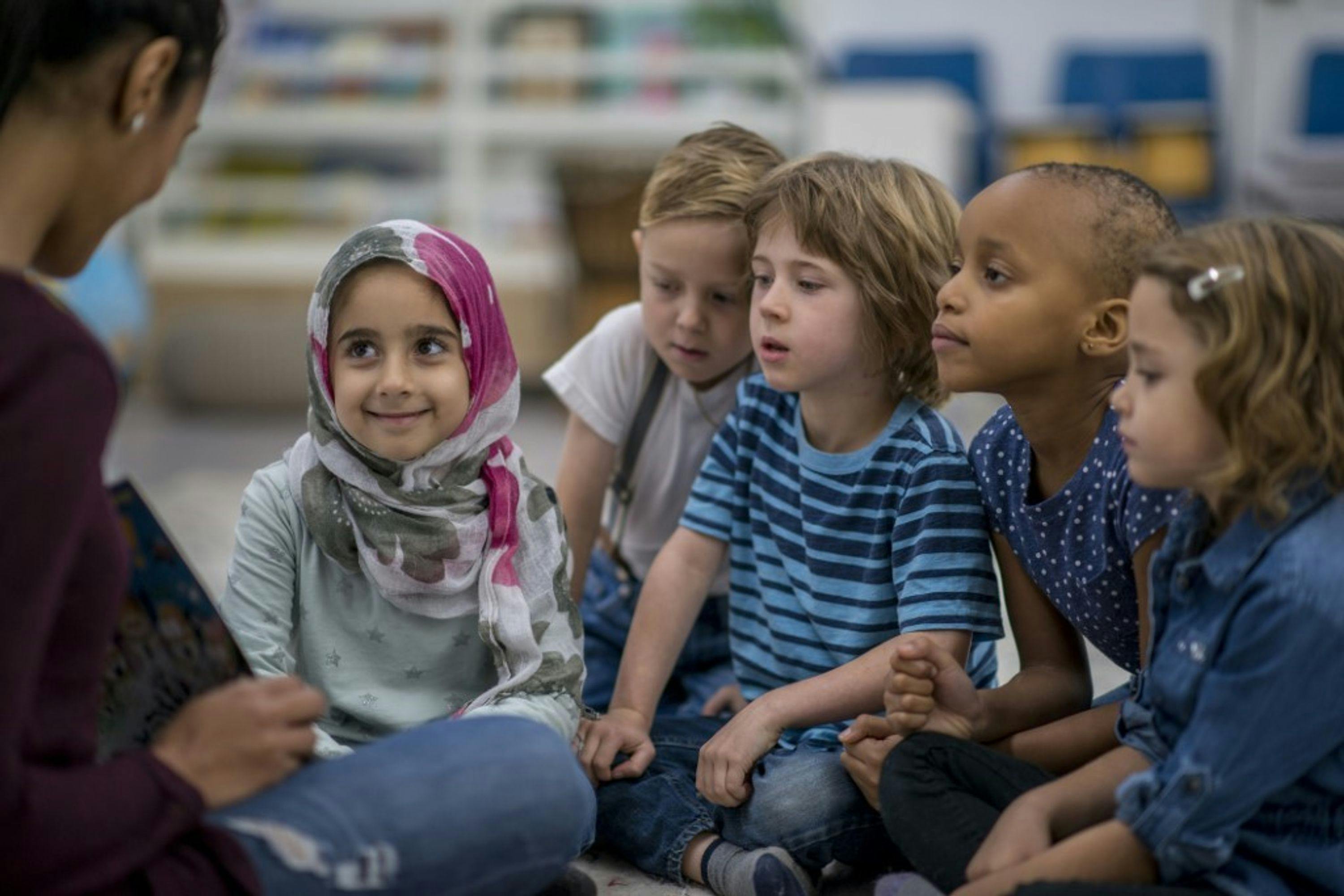Learn About the Great Stories in Elementary Curriculum
Maria Montessori deeply understood the great power of storytelling across cultures when devising her method for the elementary child
Kelli Harran
Director of Program Support
Family stories are a collection of narratives that bond the generations together. Throughout time, oral histories have played an important role in every culture in passing down lessons learned through the ages. Storytelling is not just entertainment or a relic from the past, but it is also a highly effective aid to memory, according to research. Dr. Maria Montessori understood its power when she was devising her method and fine-tuning it for the elementary child.
“We must ourselves feel — and inspire the children — admiration for all pioneers, known and unknown, possessors of the flame which has lighted the path of humanity,” Montessori wrote in “To Educate the Human Potential.”
Storytelling permeates the Montessori approach at the elementary level, and not just for history, but for all areas. The stories that elementary guides tell capture the child’s imagination, introduce concepts, reinforce learning and offer jumping off points for research.
“These subjects must be presented so as to touch the imagination of the child, and make him enthusiastic, and then add fuel to the burning fire that has been lit,” Montessori explained poetically.
The Great Stories serve as the backbone of the elementary curriculum. There are five of them that encompass the major areas of inquiry — including geography, history, biology, language, and mathematics, which includes geometry. They are typically told in the first weeks of school and repeated each year to highlight their importance. In the Upper Elementary years, sometimes the children participate in the telling.
They include elaborate, awe-inspiring tales of the universe’s beginning (geography and earth science), the arrival of life on earth (history and biology), the emergence of the human being (history), how written language came to be and evolved (language), and how written numerals developed and spread (math). They are told with serious purpose, with decorum and with vocabulary that reflects their importance, but also with a tone of reverence, joy, and gratitude.
Beyond the Great Stories, narratives are woven throughout the curriculum and are often told to introduce, for example, the parts of speech or to connect something in geometry to the ancient Greek who discovered it!
Montessori noted that the imagination is a highlighted characteristic of the 6- to 12-year old child. She described it as functioning at the highest level during that period of life to facilitate the gathering of as much content of the mind as possible, so that the child can flourish later.
Guides collect and share stories of the accomplishments of great human beings, both historical figures and lesser-known people from the past; stories that encourage children to strive; and stories that are uplifting. Children are particularly fascinated by stories about the early childhoods of historical figures or their family lives. They can relate to those types of tales easily and make connections in a far more profound and long-lasting way than learning history through rote memorization!
Kelli Harran
Kelli Harran is the Director of Program Support at Higher Ground Education.
Sign up for our newsletter
Get started with our community today! Sign up for resources.
